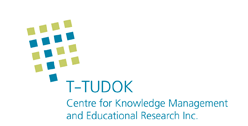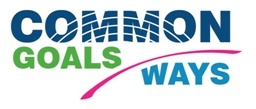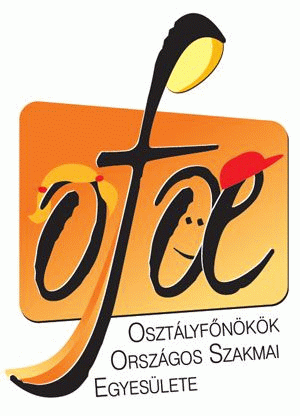Art of Learning
A chest full of irresistible learning
There is growing international consensus that art and creativity should play a more significant role in school education; through art and culture, students can acquire skills essential to thrive in the 21st century. The EU, UN, OECD, researchers, national agencies, and educators worldwide have recognised that young learners need more than basic skills. Reasoning and problem solving, understanding what we are reading or hearing; exercising choice and self-control; being creative and flexible, and adjusting to changes. By building synergies between art and education, this creative partnership is addressing exactly these issues.
The Art of Learning is a two-year (2021/2023) international project funded by Erasmus+. The project investigates changes that happen in the brains of students who have art and culture as part of their learning at school. Teachers and artists work together, using a specially designed teaching programme, which uses creativity as an integral part of teaching
The primary objective of The Art of Learning is to develop, implement and assess the innovative and creative approach in schools to develop children’s Executive Functions (EF). EFis a collective term for the control functions in the brain, which consist of working memory, inhibition and cognitive flexibility. By addressing EF development, we reinforce the children’s capacity and ability to learn; they learn how to learn. To achieve this objective, the project will develop and test the AoL - approach in 12 Norwegian and Hungarian primary schools.
The development of EFs is a relatively new research area, for which evidence is still scarce, however the results of a 2019 Art of Learning pilot project conducted in 3 Norwegian schools were positive.
In the same way as the pilot project, The Art of Learning is supported by a research project led by Innland Norway University of Applied Sciences (HINN) to investigate whether EF is improved through the programme. Our hypothesis is that the children participating in AoL will increase the development of their EF more than children not participating.
The project can be divided into three parts:
1. A school development project where students can participate in a specially developed programme where creativity is given a role in other school subjects.
2. A research project to measure and analyse school activities and students involved in the program.
3. An art project because the special curriculum developed under the program is based on art and culture.
We believe that the combination of an arts-based school programme with an independent research project analyzing the impact on Executive Functions can be groundbreaking.
The strategic creative partnership is made up by:
- Creativity, Culture and Education (UK): founder of the Creative Partnerships program that inspired the AoL method
- Innlandet County Council (Norway): project leader and leader of the 2019 Art of Learning pilot project
- T-Tudok Centre for Knowledge Management and Educational Research (Hungary): leader of the Creative Partnerships Program Hungary
For more information on AoL, please go to: https://kunstenalare.no/
T-Tudok in Eastern Sugar – international project (Creative Europe)
EASTERN SUGAR is an international, interdisciplinary, contemporary visual art project with strong focus on artistic research. Project reflects the recent facets of European history through the case of sugar industry in Central Europe. By the means of artistic research, curatorial cooperation, creation of new artworks, five international group exhibitions, participative installations, public and educational programs, and a comprehensive interdisciplinary publication the project investigates the “clearing” process of the Central-European sugar production. Thus, sugar can be understood as a metaphor for the notion of Europe and world under constant transformation. EASTERN SUGAR strives to bring the attention to the history of sugar industry in Central Europe and to place it on the global map of the story of sugar. While doing so, it considers colonial impact of the past as well as the present.
OECD Project on Assessing Progress in Creative and Critical Thinking Skills in Education (2017)
Between April and July 2017, the OECD launched a two-year pilot program with a dual purpose, on the one hand, to provide a toolbox for creativity and critical thinking to teachers, and on the other hand to include creativity measures in the 2021 PISA study.
Creativity and critical thinking skills have become the focus of the OECD, as more research has shown (eg the World Economic Forum) that these are the main drivers of economic competitiveness, but unfortunately at the same time the most lacking skills in today’s workers, according to employers’ feedback.
Five countries participated in the first half of the two-year period (Hungary, Thailand, Slovakia, USA, France) and in the second phase 14 countries have already been nominated. The Hungarian participation was justified by the fact that in the whole of Europe, only the English and the Hungarians had a program of developing creativity of students (Creative Partnership program), with evidence based evaluation. Creative Partnership has been adapted to Hungary by the team of T-Tudok.






